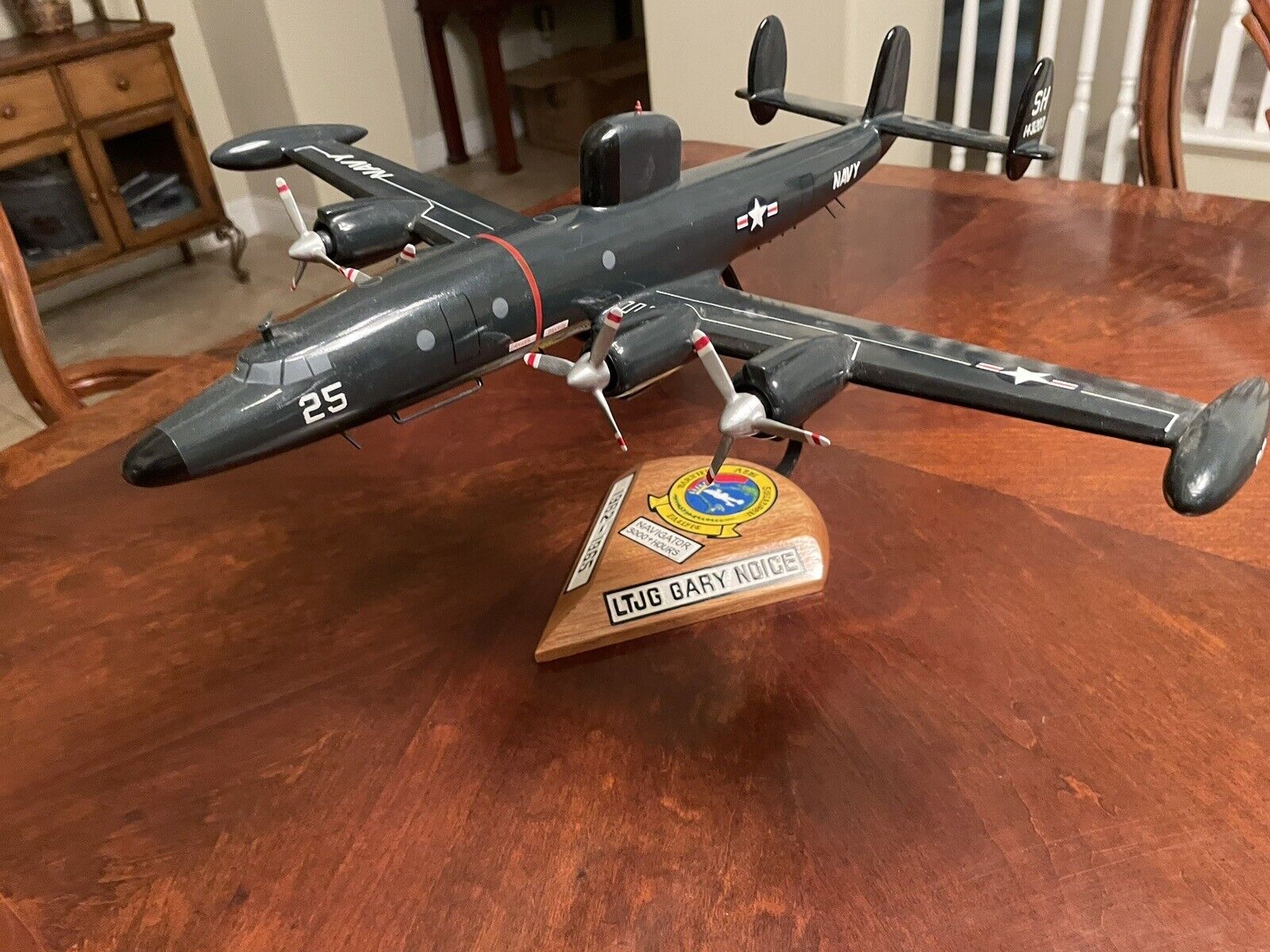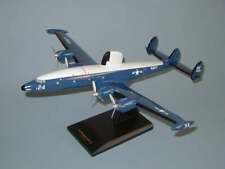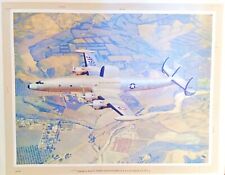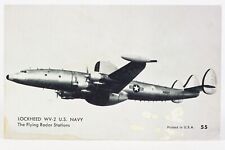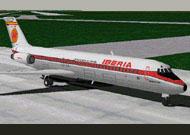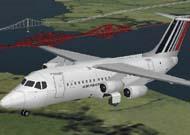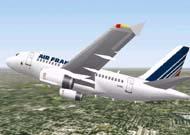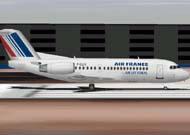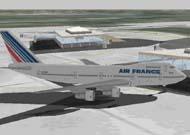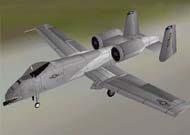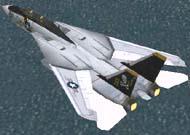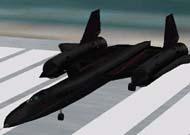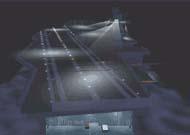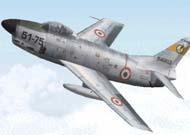When you click on links to various merchants on this site and make a purchase, this can result in this site earning a commission. Affiliate programs and affiliations include, but are not limited to, the eBay Partner Network.
This aircraft desk model is very rare and sports a deep blue color that is beautiful. The aircraft is very big with the wingspan measuring approximately 19.5” wide and the nose to tail is approximately 18” long. This mahogany model is in very good condition. There are about (15) antennas on the underside of the aircraft. One V-shape antenna on top of cockpit area. The stand is in very good condition and has the squadron and the navigators name on the stand. Great colors, really super condition.
For 11 years during the Cold War, Navy ships and aircraft participated in the air defense of the continental United States. Lockheed WV-2 (EC-121K) Warning Star ("Willie Victor") aircraft flew long and usually uneventful patrols over the Atlantic and Pacific Oceans, vigilant for approaching Soviet bombers. Airborne Early Warning Barrier Squadron Pacific (AEWBarRonpac) was established on 1 February 1960 as a consolidation of Airborne Early Warning Squadrons 12 and 14 and, in May 1960, the unit that provided and maintained the aircraft for their crews, Airborne Barrier Support Squadron 2. With approximately 30 Willie Victors and very large crews, AEWBarRonpac became the largest squadron in U.S. naval aviation history. The squadron also operated several R7V-1 Constellations for training and transport duties.
AEWBarRonpac's primary mission was to maintain 24-hour radar coverage over the northern Pacific as seaward extension of the Distant Early Warning (DEW) Line, the Pacific Contiguous Barrier. Beginning in 1961, the squadron maintained a detachment on Midway. Four or five aircraft were kept airborne at all times to maintain the integrity of the barrier. Willie Victors would stage to Midway from Barbers Point and carry out their 16-hour patrols over the northern Pacific. Patrols sometimes would terminate in Kodiak, Alaska, for turnaround. By 1965, the need for the Navy to participate in the continental air-defense role had diminished because of improvements in the Air Force's surveillance radar system. During its five years of operations, AEWBarRonpac lost only one aircraft and six crewmen to a mishap. The squadron flew its last barrier patrol on 30 April 1965 and was disestablished on 30 June 1965.
About the Navigator named on the stand: After graduating college, Gary heard the call of duty and joined the United States Navy. He served his country honorably for 18 years as a fighter-bomber navigator in Antarctica and flew 50 missions during the Vietnam War. He retired in 1979. Gary was a public servant at heart. After his retirement, he went on to serve his community by joining the Alameda County Sheriff’s Department. Late in 1959 it was seen that a more compact organization than the WING was needed. So on February 01, 1960, VW-12, VW-14 and AIRBARSRON TWO were combined into AIRBORNE EARLY WARNING BARRIER SQUADRON PACIFIC (AEWBARRONPAC) and it was placed under the command of the COMMANDER BARRIER FORCES PACIFIC (COMBARPAC).
With the advent of Low Frequency Radar, ( Radar that could follow the curvature of the Earth) the Squadrons days became numbered. On April 30, 1965, AEWBARRONPAC was decommissioned, thus ending one of the most successful Naval Aviation Missions. To this date it remains the Navy’s Largest Squadron, EVER!
Please review pictures provided for details of condition and please ask any questions before purchasing
**More info on squadrons: In 1960, the three Pacific Barrier squadrons were consolidated into the Airborne Early Warning Barrier Squadron Pacific (AEWBARRONPAC), the largest single aviation squadron in naval history. This consolidation brought about a highly organized operation, where all detected contacts had to be tracked, plotted, and reported immediately. The command was responsible for managing the aviation squadron and a surface squadron of six to eight radar picket ships. The crews, comprising aviators, engineers, navigators, radiomen, and technicians, were deployed to Midway for 18 days at a time, conducting barrier flights every 48 hours. By December 1960, the squadron operated 32 WV-2s and 5 R7Vs for transporting personnel and mail to and from Midway.


